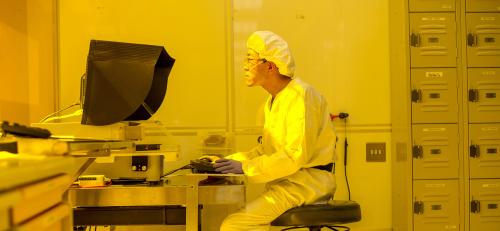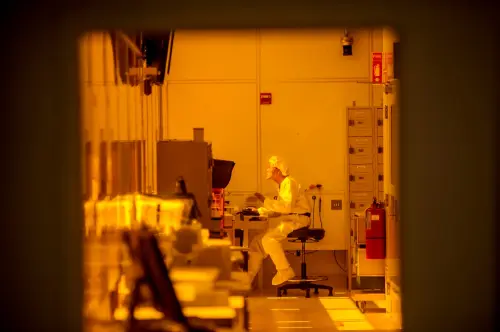The value of the nation’s higher education system is usually expressed as just that—education. But while the educational mission of America’s colleges and universities is critical, often missed or neglected by local and national policymakers is the value of these institutions to economic growth. This is particularly true for those universities located near major employment neighborhoods of large cities. In a recent Brookings paper, I draw from a number of data sources to show how these “downtown” universities punch above their weight as economic anchors for both the regions in which they are located and the nation.
Here are five reasons these universities matter for economic growth:
1) Research universities are essential for innovation, and innovation is essential for economic growth.
In a high-wage economy like the United States, long-run growth can occur only by inventing new things to sell or improving the quality and reducing the cost of existing products and services. This process is called innovation. There are many ways firms innovate, but a major way is through the activity of the nation’s university system. This fact is reflected is the academic literature. For example, a $1 increase in university expenditures has been shown to lead to an increase of 89 cents in average income within a city. Put another way, the overall multiplier effect of university activity is 1.9—the university’s own dollar plus the external effect.
2) Universities located in urban areas produce more patents, corporate partnerships, and startups.
Research from universities does not translate to economic activity seamlessly. Instead, academic ideas and publications must be translated to industry through patents, licensing agreements (where firms pay to use a university patent), and the creation of startups that directly take academic science and apply it to real-world problems. Downtown schools produce 80, 123, 222, and 71 percent more licensing deals, patents, income from licensing deals, and new businesses, respectively, as their rural, suburban and college town peers.
3) Universities located within innovation districts build on existing urban assets.
Research universities are best positioned to have economic value when they cluster near firms, entrepreneurs, venture capitalists, and other resources that deploy technology into the market. By generating new ideas and research, universities are at one end of the innovation pipeline—but it takes large companies and startups to create new products and services from those ideas along with banks, venture capitalists, angel investors, and others to capitalize the efforts. Research indicates that these activities are more efficient and more likely to generate economic value when they are geographically proximate. For example, economists Stuart S. Rosenthal and William C. Strange found that for software companies the benefits of being geographically close are 10 times greater when firms are located within a mile of each other than when they are two to five miles apart; beyond 10 miles the benefits disappear.
4) Downtown universities specialize in research.
Because research is associated with new invention and innovation, research universities are uniquely important for the innovation economy. One of the most pronounced differences between urban and non-urban schools is the relative size of their research budgets. While downtown universities make up only a quarter of the nation’s research universities, they account for one-third of university R&D expenditures and invest more than twice as much in R&D per student as their peers—$22,044 per full-time student versus $12,633.
5) Downtown universities still have a lot of room to improve their outcomes.
While urban schools punch far above their weigh in terms of licenses, patents, and startups per student, they perform on par with peers in terms of patents and startups per research dollar. Given that 96 percent of venture capital financing comes from the 100 largest metropolitan areas, it’s surprising urban universities aren’t producing more startups per research dollar than their peers. But this is changing. New programming that connects traditional academic research with firms and students and faculty with startup financing are underway at downtown universities in Pittsburgh; Chicago; Indianapolis; Atlanta; Austin, Texas; New York; Houston; Los Angeles; Providence, R.I.; Oklahoma City, and many others.
As the country searches for new sources of innovation, jobs, and growth, policy makers should consider how some of its oldest institutions—research universities—are best positioned for the new economy.
Photo: Aerial view of The Rockefeller University. Credit: Dan Gareau / The Rockefeller University.
The Brookings Institution is committed to quality, independence, and impact.
We are supported by a diverse array of funders. In line with our values and policies, each Brookings publication represents the sole views of its author(s).










Commentary
Five reasons why “downtown universities” matter for economic growth
October 11, 2017